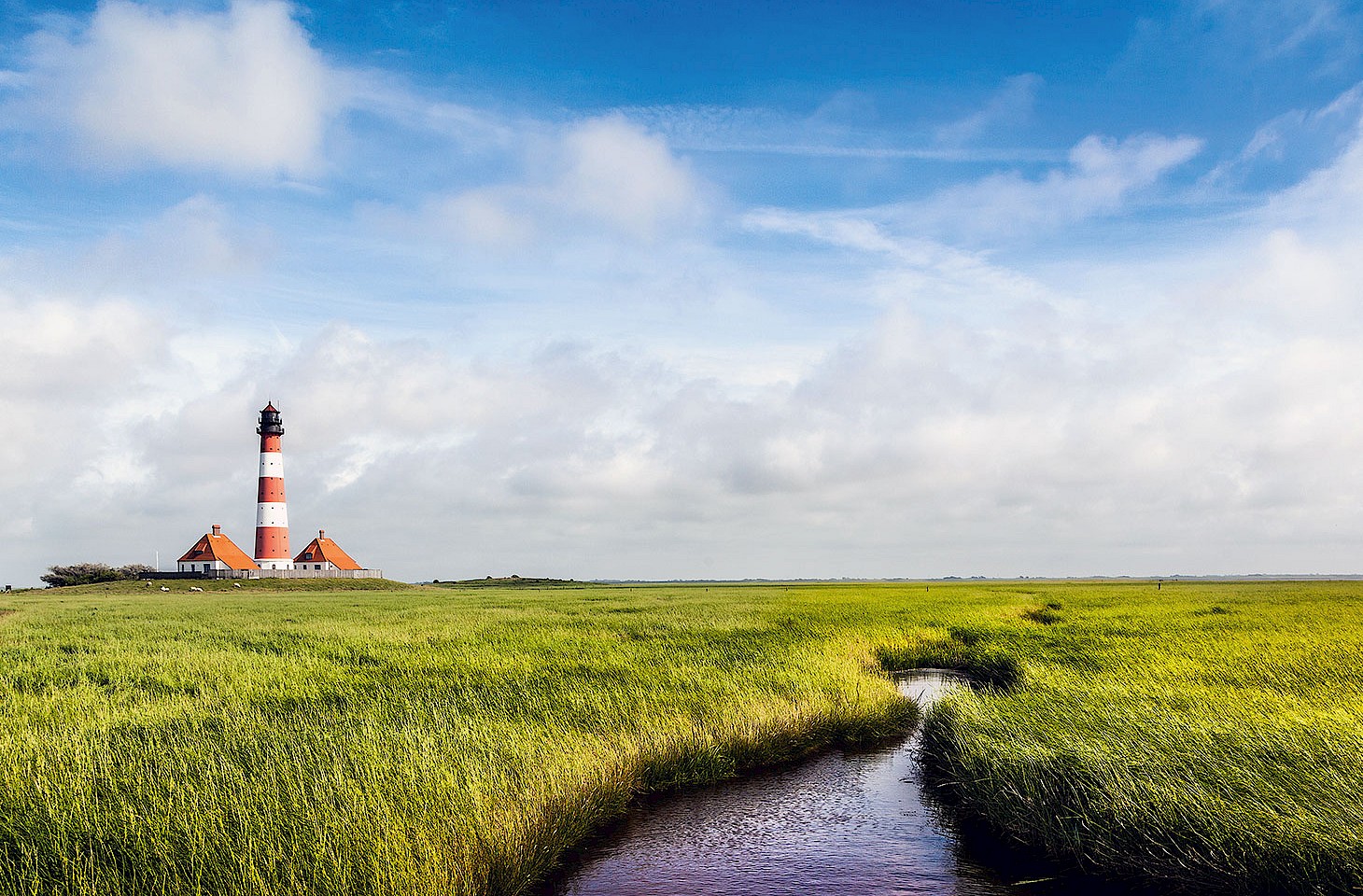Cruise the modern motorways that bisect Brandenburg and you get little sense of how the region has changed over the last quarter century. Brandenburg is the German state that surrounds Berlin, a region most noted for its wistfully beautiful landscape of lakes and forest — and, of course, for having lent its name to Bach’s famous series of six concerti. The marketing men charged with attracting inward investment dream up other images for the region: high speed railway lines and motorways evoke a chorus of connectivity, wind turbines and waterways promote eco-friendly Brandenburg and fresh young faces, just out of college, look eager to make Brandenburg into a business hub for the twenty-first century.
That new face of Brandenburg is only skin deep. True, there are corridors (particularly around the southern quadrant of Berlin’s outer motorway ring) where industrial parks on greenfield sites line smooth main roads. And then there are the freight villages, a euphemism deployed by planners who want to give a softer edge to the huge container parks that decorate the landscape. Logistics is the buzzword in this part of Europe that now finds itself well placed for everywhere: east to Moscow, south to Vienna and the Adriatic and west to the Rhineland and the Low Countries. No surprise that the trucks that populate the slow lane on Berlin’s orbital motorway hail from almost every country on the continent.


